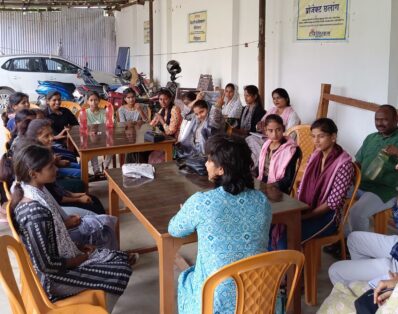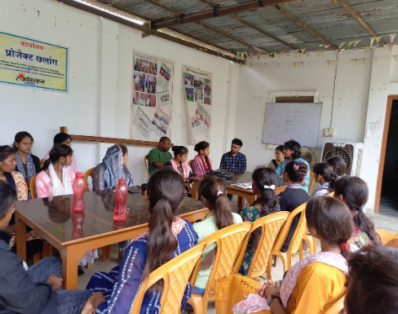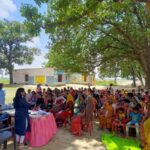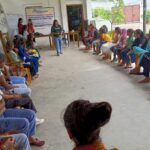Empowering Dreams: Scholarship Dialogue with Girls
On June 26, 2025, the Azim Premji Foundation team held an interactive session with adolescent girls at the Swabhiman Samiti office in Uska Bazar, Siddharthnagar. This engagement was part of the Azim Premji Foundation Scholarship Program, with Swabhiman Samiti serving as a local facilitator to support outreach and coordination.
The session brought together both existing scholarship recipients and new aspirants preparing to apply for the 2025–26 academic cycle. The primary goal was to provide clarity on the eligibility criteria, required documentation, and application process, while also creating a safe space for the girls to express the challenges they face in pursuing higher education.
Purpose of the Meeting
The session was designed to:
- Share guidelines for the upcoming Azim Premji Foundation Scholarship for the 2025–26 academic year.
- Interact with the 39 girls who received scholarships (30,000 each) during the 2024–25 session.
- Understand the socio-economic and cultural barriers that prevent adolescent girls from continuing their education.
Discussion Highlights
The meeting began with introductions, after which Mr. Syed from the Azim Premji Foundation posed a crucial question to the group:
“What are the primary reasons why girls drop out of school after 10th or 12th grade?”
Mr. Vinod Kumar from Swabhiman Samiti shared three major contributing factors observed in the region:
- Financial hardship – Families cannot afford tuition or other educational expenses.
- Distance to schools – Many villages lack nearby secondary or higher secondary institutions.
- Lack of local government colleges – Particularly in blocks like Uska Bazar, there is a shortage of public higher education facilities.
Voices of the Girls
Several adolescent girls openly discussed their personal challenges. Some notable responses included:
- Sakina: “Our financial condition is weak. Even basic school supplies are unaffordable.”
- Reena: “My school is too far, and we have no transportation.”
- Chhama: “My family is uneducated, so they don’t prioritize my education.”
- Sanjana: “I have to handle all household chores—cooking, cleaning, washing—which leaves no time to study.”
Others spoke about gender discrimination and social norms as obstacles, such as being expected to marry early or care for younger siblings.
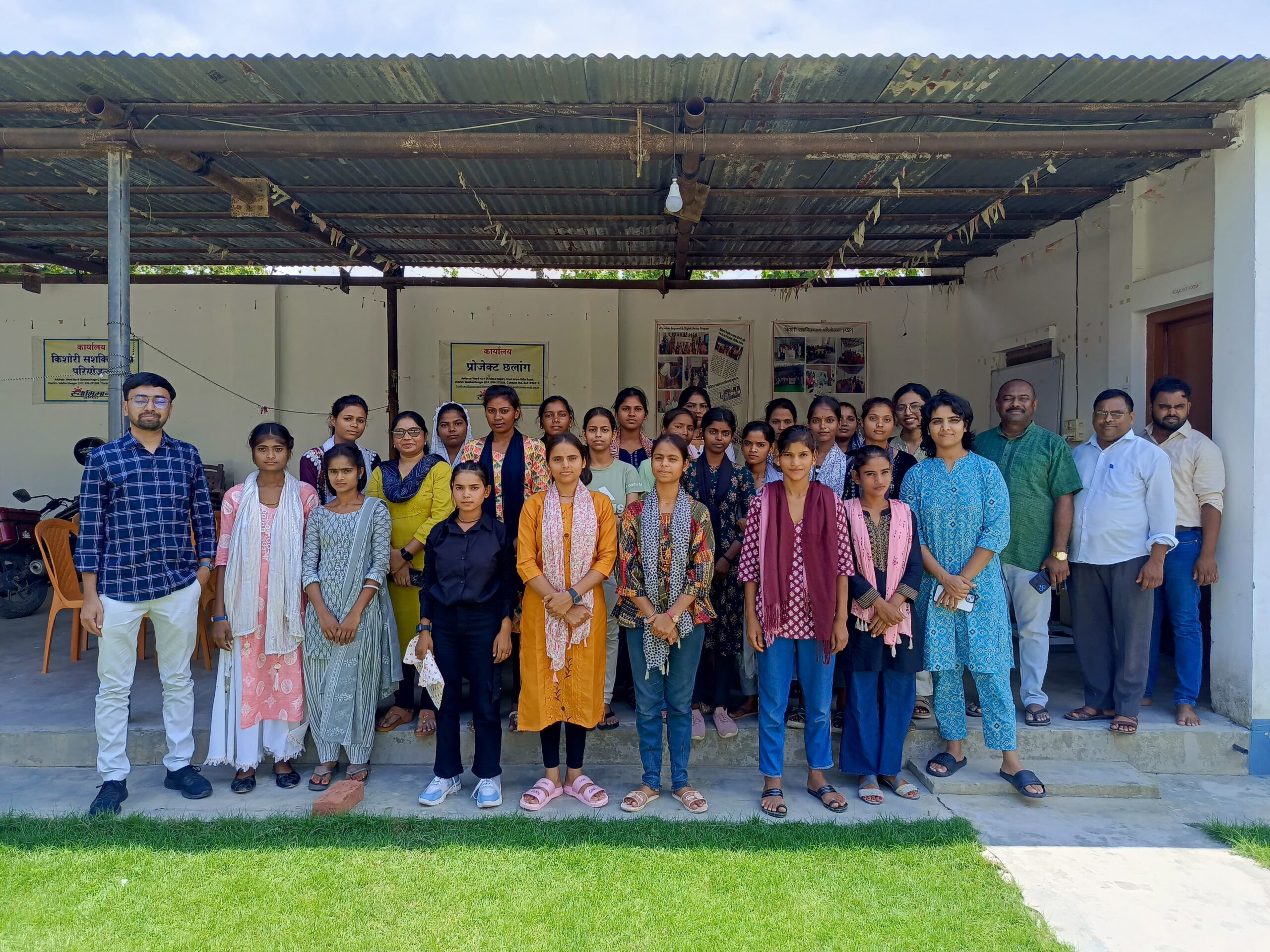
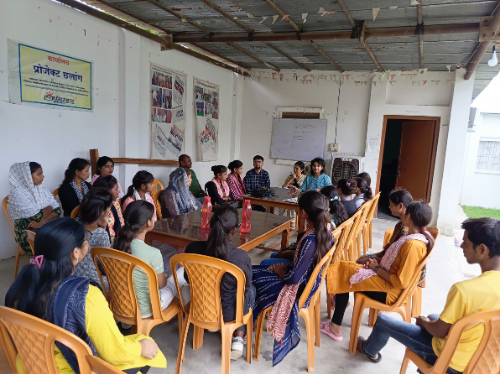
Scholarship Eligibility and Guidelines
Mr. Syed elaborated on the scholarship process for both new applicants and those seeking renewal:
For New Applicants:
- Must have completed 10th and 12th grades from a government school.
- Names on Aadhaar and marksheets must match exactly.
- A recent passport-sized photo is required.
- Applicants must be enrolled in the first semester of a BA (Bachelor of Arts) course.
For Renewal Applicants:
- All documents must be scanned from original copies.
- Proof of continued enrollment (e.g., mark sheet or bonafide certificate) is mandatory.
- If bank details have changed, students must provide a clear scanned copy of passbook or bank statement, showing account holder’s name, account number, and IFSC code.
Outcome and Reflection
This interactive session not only provided much-needed clarity on the application process but also gave adolescent girls a platform to voice their struggles—many of which go unacknowledged in formal systems. It became evident that educational roadblocks for girls in rural areas stem from a complex interplay of poverty, gender roles, infrastructure gaps, and family pressures.
Through this session, Swabhiman Samiti and the Azim Premji Foundation renewed their commitment to support every girl’s right to education and dignity. It also emphasized the need for more such grassroots interactions to make schemes more inclusive and accessible.
Final Thoughts
Scholarships are not just financial aid—they are instruments of empowerment, especially for girls in underserved regions. Meetings like these not only inform but inspire confidence, create hope, and sow the seeds of long-term change.
Swabhiman Samiti, in its supporting role, will continue to bridge the gap between opportunity and access for adolescent girls in Siddharthnagar.
